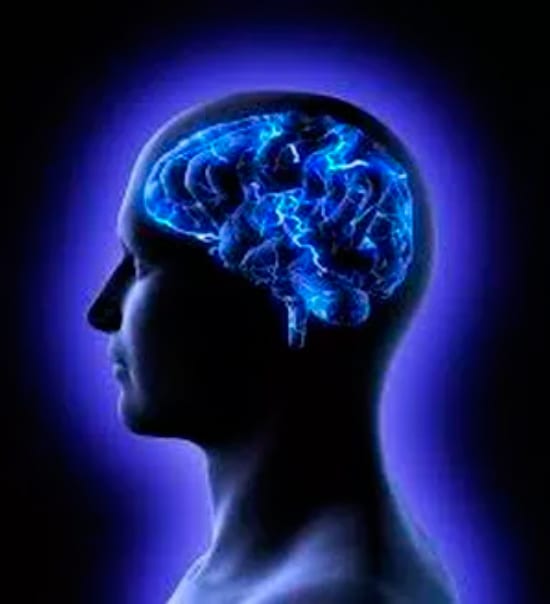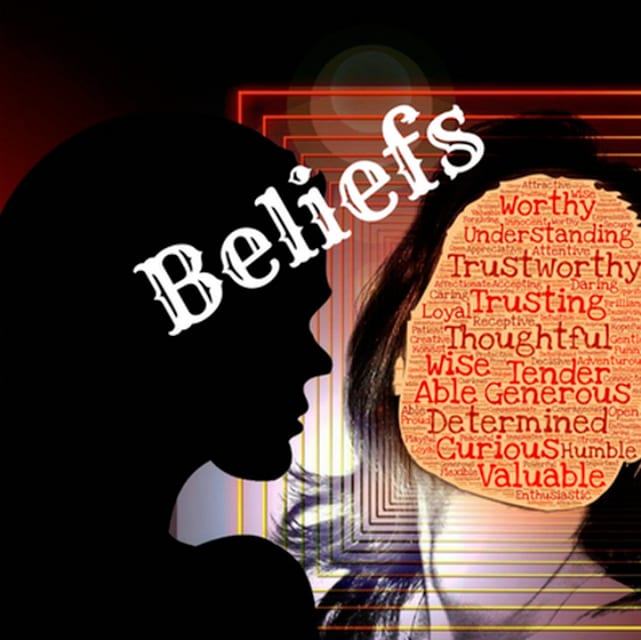How does the unconscious mind work?
(2nd of a series)
In our last blog post, we talked about the functions of the brain, the nature of the human mind and just how the conscious mind works. Remember that the conscious mind is in charge of filtering ideas and assessing sensory stimuli to make sure that we do not end up being overwhelmed with an unlimited flow of details and information from the outside world.
Neuro-linguistic programming (NLP) really works because it takes into consideration the nature of both parts of the mind and it uses the strengths of each part to achieve specific objectives like reversing phobias, fears, and anxieties or getting rid of negative memories.
The unconscious mind is usually referred to as the bigger part of the mind — the major processing facility of all sensory inputs, impulses, life experiences, memories and more.
Although the unconscious mind occupies 80% of our whole mind, the conscious mind is still in charge of executing important tasks. For example, when you make an instant decision or make sense of something that’s your conscious mind at work.
Your unconscious mind has a different set of functions.
1. Bringing Things Together – Our conscious mind goes into overload very quickly when it comes to handling new information and can only connect pieces of information in batches of 5 to 7 (plus minus 2) at a time.
How it works is that your brain passes on the information to your unconscious mind. And then your unconscious mind uses its holistic capability to form a meaningful framework from the separated batches of information.
You can clearly see the unconscious at work and its ability when you have a “eureka moment” or when you’re inspired by an idea that pops into your mind out of nowhere.
You get that sudden brilliant idea and mental clarity when your unconscious mind finishes processing specific set of information. Because the processing happens at the unconscious level it is hard to identify it consciously.
2. Memory Creation – initially our life experiences are fed to the conscious mind where it’s formed into a logical and sensible framework. Then the unconscious mind takes this logical framework and encodes it as a memory for us.
How does our brain store memories?
Whenever we have a new memory formed, our brain physically creates a neurological connection within the body organ. So, our memories don’t simply “exist” in an abstract area called the unconscious mind. It is literally saved in the brain via a neuron-based link or connection.Have you ever wondered how does the unconscious mind help us remember past experiences?Each one of our memories has submodalities or characteristics like color, tone, size, shape, and so on. Our unconscious mind further arranges these submodalities and then assigns the proper emotions and feelings to the memory itself.
A memory is just the mental representation of a lived experience.
Your memory isn’t the actual event itself so you can expect your memories to be biases because they are produced by your unconscious mind. The good thing is that unlike video cameras and recording software programs, the unconscious mind uses an angle that places you at an advantage throughout memory creation.
You might ask so if our unconscious minds are trying to help us, why do have powerful, negative memories?
That’s a good question. Your unconscious mind loves you and wants to serve you and sees you as the most deserving person in the world. So, it stores negative memories because those memories help shield you from similar bad and negative experiences in the future.
Essentially, negative memories give you lessons that you can use to make sure you get far better outcomes in the future. In NLP, it’s a must to take a look at your memories and examine your internal representation of them if you want to get to the root cause of problems such as procrastination, stress, anxiousness and so on… and get rid of the problems.

3. Being Creative – People usually link imagination with things like playing the piano or painting. These are creative things that uses the mind’s unlimited supply of creativity and imagination. But did you know that in fact, we use our imagination in the most basic things we do?
Creativity or imagination is defined as “creating or developing original concepts and ideas.”
So, how do we use original ideas and concepts?
An original idea/concept is really any kind of solution that your mind use to solve or remedy an issue. Our imagination enables us to stretch our perception of what can be done so we can move forward and advance through life a lot more easily and conveniently.
Connecting with your creative side through artistic activities can help boost the part of your unconscious mind that deals with imagination. You shouldn’t take this part of your mind for granted because it can help you by generating imaginative ways to resolve and fix problems and accomplish your goals.

Bear in mind: whenever you are successful and are prospering at accomplishing something that you assumed wasn’t possible, you need to thank your unconscious mind and imagination since it was replicating all possible options and circumstances for you even in your sleep.
Did This Help You? If so, I would greatly appreciate it if you commented below and shared on Facebook.


